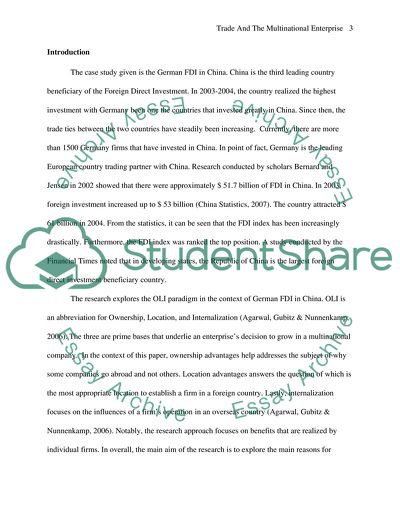Cite this document
(Market Entry, Entry Barriers, Ownership, and Location with the Context Research Paper - 4, n.d.)
Market Entry, Entry Barriers, Ownership, and Location with the Context Research Paper - 4. Retrieved from https://studentshare.org/marketing/1690628-trade-and-the-multinational-enterprise
Market Entry, Entry Barriers, Ownership, and Location with the Context Research Paper - 4. Retrieved from https://studentshare.org/marketing/1690628-trade-and-the-multinational-enterprise
(Market Entry, Entry Barriers, Ownership, and Location With the Context Research Paper - 4)
Market Entry, Entry Barriers, Ownership, and Location With the Context Research Paper - 4. https://studentshare.org/marketing/1690628-trade-and-the-multinational-enterprise.
Market Entry, Entry Barriers, Ownership, and Location With the Context Research Paper - 4. https://studentshare.org/marketing/1690628-trade-and-the-multinational-enterprise.
“Market Entry, Entry Barriers, Ownership, and Location With the Context Research Paper - 4”, n.d. https://studentshare.org/marketing/1690628-trade-and-the-multinational-enterprise.


